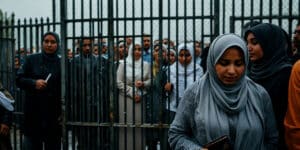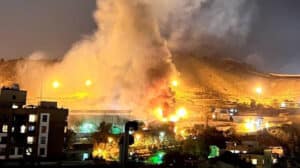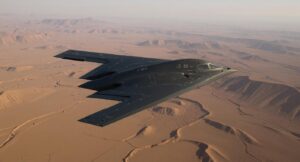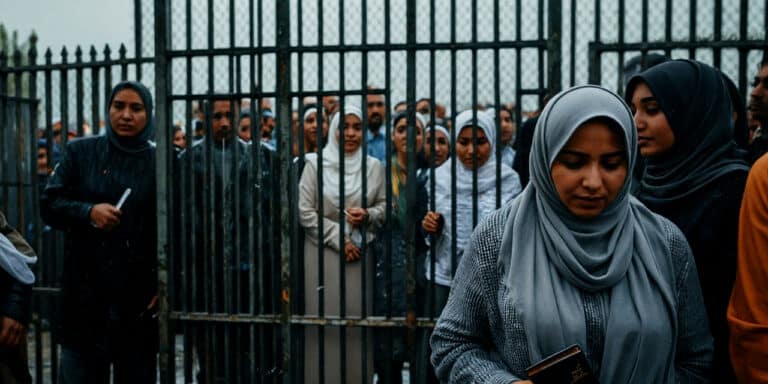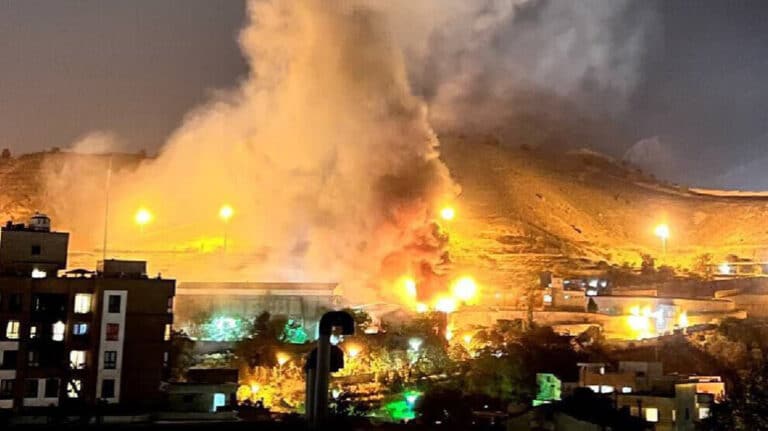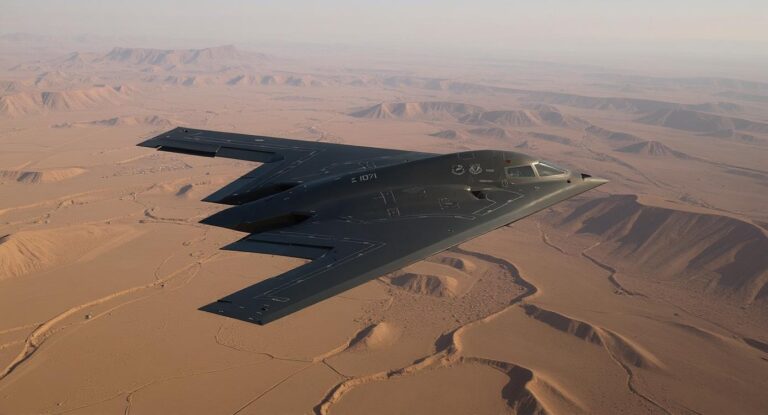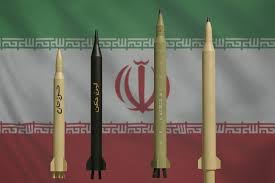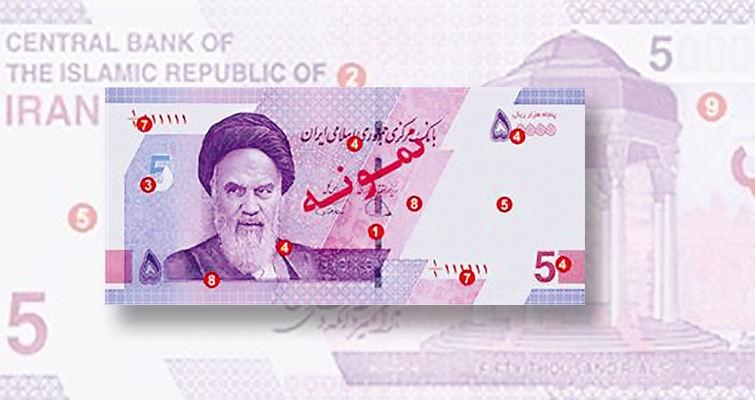First Analysis from Iran Unfiltered Staff In a dramatic escalation of the Israeli–Iran conflict, the United States carried out coordinated airstrikes tonight on three of Iran’s most fortified nuclear sites—Natanz, Fordow, and Isfahan. The strikes were launched using B‑2 stealth bombers and Tomahawk cruise missiles, in what President Trump called a “spectacular success.” It is the first direct U.S. military intervention in the current war, and perhaps the most significant blow to Iran’s nuclear infrastructure in over a decade.
This analysis draws together immediate official reactions, Western media framing, and emerging strategic questions that now surround the future of the Islamic Republic.
Immediate Reactions: A Region on Edge
United States: President Trump declared the operation a success, stating, “Iran’s nuclear program has been totally obliterated.” He added that the U.S. seeks peace, “but will not hesitate to act again.” There was no mention of congressional approval, raising concerns domestically about executive overreach.
Israel: Prime Minister Netanyahu hailed the attack as “a historic moment,” thanking the U.S. for “standing by the free world.” He ordered heightened alert across Israel, including missile defense systems, in anticipation of potential retaliation.
Iran: Foreign Minister Araghchi denounced the strikes as “an act of war and terrorism,” warning that Iran “will respond at a time and place of our choosing.” State TV aired images of damaged facilities with martial music and nationalistic rhetoric, while Supreme Leader Khamenei remained silent.
Media Framing: Triumph and Turmoil
Western media have framed the strikes as both militarily bold and politically fraught. Five leading headlines illustrate the range of coverage:
The Washington Post: “U.S. warplanes strike three Iranian nuclear sites in sweeping attack”
AP News: “The Latest: US strikes 3 Iranian sites, joining Israeli air campaign”
Wall Street Journal: “U.S. Strikes ‘Obliterated’ Iran’s Nuclear Sites, Trump Says”
Vox: “This time, it’s Trump’s war”
The Guardian: “Trump’s coalition is self-destructing over the Iran war question”
American outlets emphasize operational success and political risk, while European platforms highlight escalation dangers and the legality of targeting nuclear infrastructure.
Strategic Questions: What Happens Next?
Can the Iranian regime absorb the shock?
The attack represents not only a tactical setback but a psychological one. Iran’s nuclear program is a symbol of national sovereignty and resistance. The sudden exposure of its vulnerability challenges the regime’s narrative of strength. Whether this becomes a rallying cry or a crisis of confidence depends on how Tehran communicates internally and survives the next wave of public sentiment.
What response options does Iran realistically have?
Retaliation is inevitable, but scope and timing remain uncertain. Options include proxy attacks on U.S. positions in Iraq and Syria, cyber retaliation, or missile strikes on Israeli or U.S. interests. A direct strike on Gulf states—particularly Saudi Arabia—remains a high-risk card. Though likely considered, such a move could open a regional front Tehran cannot control.
Is the U.S. preparing for continued strikes—or was this a one-off?
While the Biden administration had sought restraint, Trump’s message—“many targets remain”—implies readiness for a phased campaign. Military sources have confirmed heightened naval deployment in the Persian Gulf and Eastern Mediterranean, suggesting at least short-term operational preparedness.
How much damage was done to the nuclear program—and when will we know?
Initial assessments suggest substantial structural damage. Fordow’s underground centrifuge facilities were reportedly hit by deep-penetration bombs. Natanz’s enrichment halls were likely disabled. IAEA and intelligence sources are expected to release early findings within 72 hours, but full assessments could take weeks.
What is happening inside Iran now—under the internet blackout?
Tehran imposed a nationwide internet shutdown immediately following the strike. Civilian communications are down, and foreign media access is blocked. Early rumors on Telegram and X (via VPNs) suggest protests in Esfahan and Mashhad, but confirmation is impossible. The regime is expected to press hard to maintain control, using its full security apparatus to suppress dissent and manage perception.
Conclusion: A Regime Under Pressure
This moment may be one of the most consequential in the history of the Islamic Republic. The regime faces a convergence of crises: operational military failure, global isolation, economic paralysis, and now, the risk of internal fragmentation. Whether it chooses asymmetric retaliation, regional escalation, or covert diplomacy will determine not only its survival—but the stability of the wider Middle East.
As of now, Iran is silent, wounded, and cornered. But silence, in this context, is a loud signal: something is coming.
We at Iran Unfiltered will continue updating what we can verify behind the iron curtain of Iran’s internet blackout. As the regime tightens its grip, we remain committed to exposing what unfolds next.


